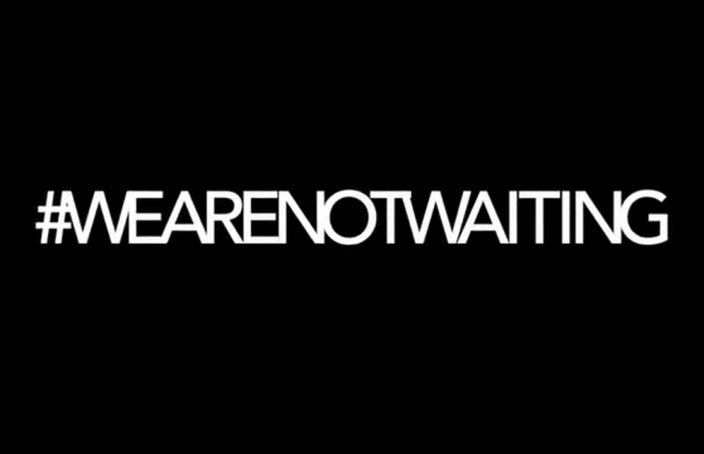Diabetes technology is continually evolving, and not just within healthcare companies.
Devices such as the bionic pancreas are currently in development, but diabetes patients are understandably looking to improve their management as soon as they can.
As part of the #WeAreNotWaiting movement, coined at the DiabetesMine D-Data ExChange event in November 2013 at Stanford University, more and more people are exploring different methods of utilising technology to boost their diabetes control.
The #WeAreNotWaiting movement is giving people with diabetes the opportunity to improve their management now. Earlier this year, we reported on the increasingly popular decision being made by tech-savvy people with diabetes to fashion homemade artificial pancreases.
Developments within technology companies can take too long for many people, and this rally cry is enabling the diabetes community to take matters into their own hands.
In this blog, we look at some of the various open source platforms and community projects that have been developed as part of this new movement.
Open APS
The launch of OpenAPS.org showed how technology could be made safely and effectively by people with diabetes.
Open APS was set up in 2014 by Seattle-based Dana Lewis, who has type 1 diabetes. Fed up of waiting for developments with artificial pancreases, Ms Lewis expanded her continuous glucose monitor (CGM) to see what she could achieve on her own. One of her key aims was for it to be able to wake up heavy sleepers during the night.
She managed to connect an outdated insulin pump to her CGM, which communicates with a small radio stick. A computer motherboard and battery pack were also attached, and the device worked as a closed loop system, allowing predictive alerts for hyperglycemia and hypoglycemia to be created.
Open APS teaches users how to create the device, but users have to build it on their own. The device is not approved by any regulatory bodies, but it has been shown to lead to great results among people with diabetes providing you, or someone you know, has a good grasp of engineering.
Nightscout
Nightscout is an open source DIY project that was developed by parents of children with type 1 diabetes.
Otherwise known as ‘CGM in the Cloud’, Nightscout helps to make blood glucose information from a Dexcom CGM available online. This way, parents can access their children’s blood sugar levels no matter where they are, be it hiking in the mountains or out with friends.
Nightscout works whether you have an Android or iOS smartphone, and there is no limit to the number of viewers – meaning parents, grandparents and other family members can all access results online.
Nightscout’s progress has enabled them to meet with recognised organisations such as JDRF and the US FDA to discuss advancements in support for people with type 1 diabetes.
x-Drip
x-Drip is the brainchild of Stephen Black, who has type 1 diabetes and regularly contributes to the CGM-in-the-Cloud community.
Continuing in the vein of increasing access to continuous blood glucose data, x-Drip is a DIY combination of a device and software application.
It receives data from the Dexcom G4 CGM (although the product is not created or backed by Dexcom), and displays blood glucose levels on an Android phone. Data can also be uploaded to Nightscout.
x-Drip involves buying four components off the internet and then it is up to you to solder them together. Then, using the xDrip application, users can read the output from the Dexcom CGM.
Similarly to Open APS, x-Drip is not subject to official testing and regulation.
Tidepool
The Tidepool platform provides diabetes data and apps that are aimed at helping patients, parents and doctors.
Blip is one of these apps, which allows users to review their diabetes-related data in one place, supporting devices such as insulin pumps and blood glucose meters.
In 2014, JDRF announced a partnership with Tidepool in which they will provide the non-profit, open source effort with funding through the development of the “Universal Device Uploader” The uploader tool, free to download, will allow patients to connect insulin pumps and CGMs to Tidepool’s open platform.
Tidepool’s ultimate goal is connect their platform with electronic records of various hospitals and clinics so patients can access all the health data in one place.
EDITOR’S NOTE: The people behind the #WeAreNotWaiting have a strong understanding of both diabetes and engineering. Making changes to your insulin pump or CGM is not recommended. Moreover, you should be aware that building such a device will invalidate the product warranty of your insulin pump or CGM.
Do you currently use any of these platforms? Have you used them in the past? Share your experiences of the #WeAreNotWaiting movement in the comments below.
Picture: vimeo.com



